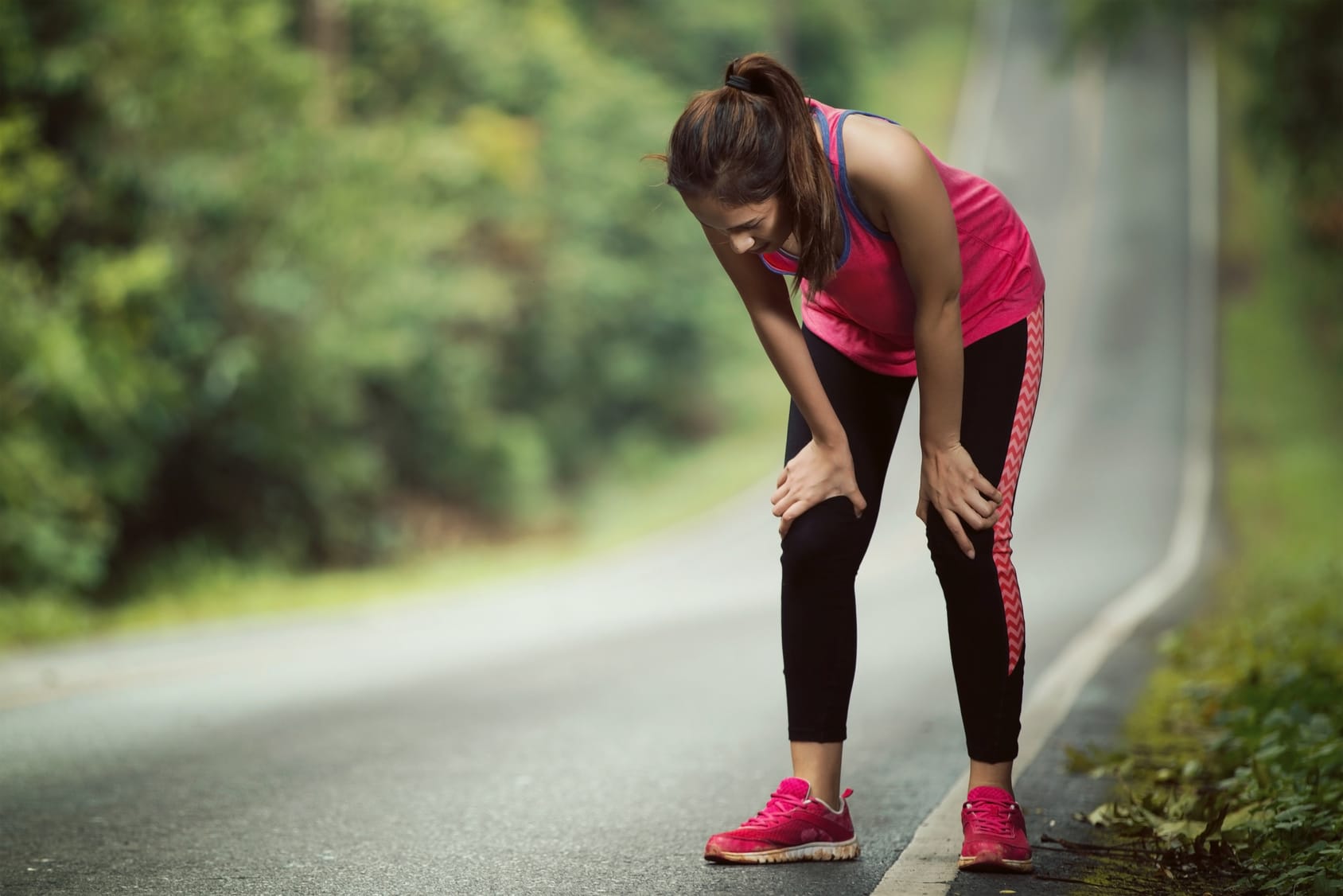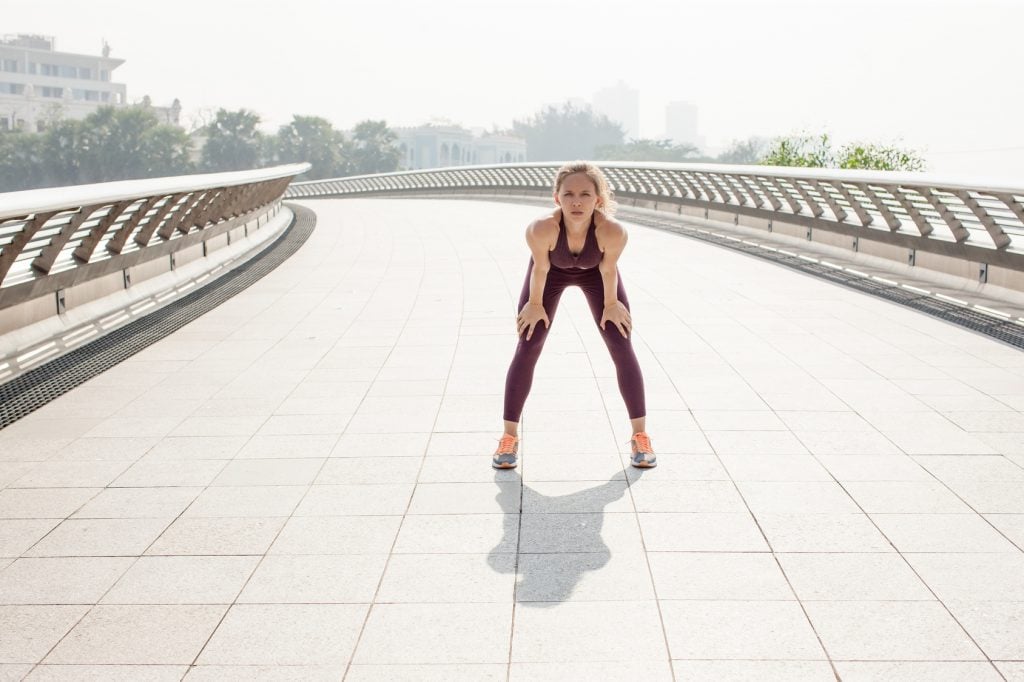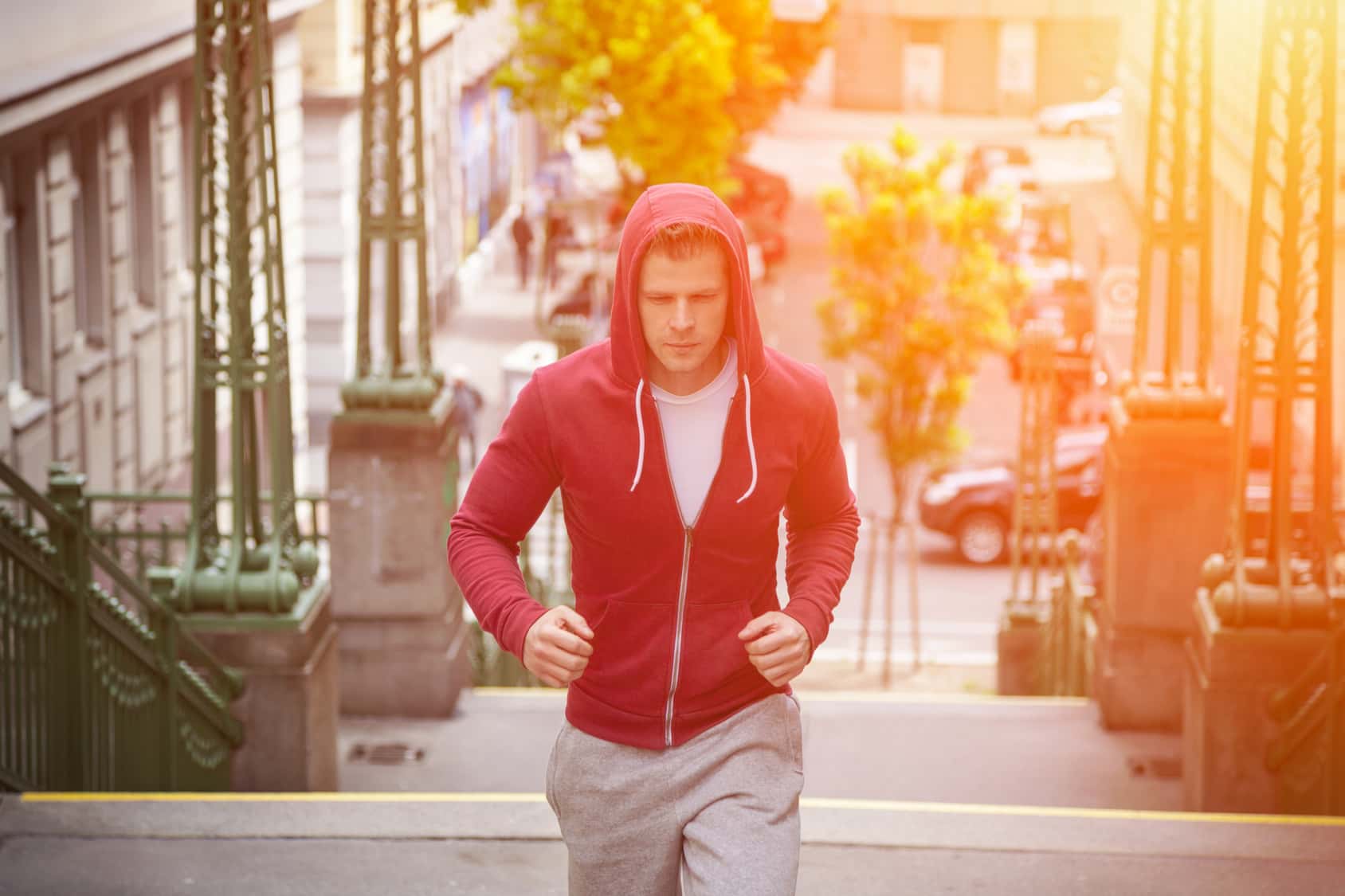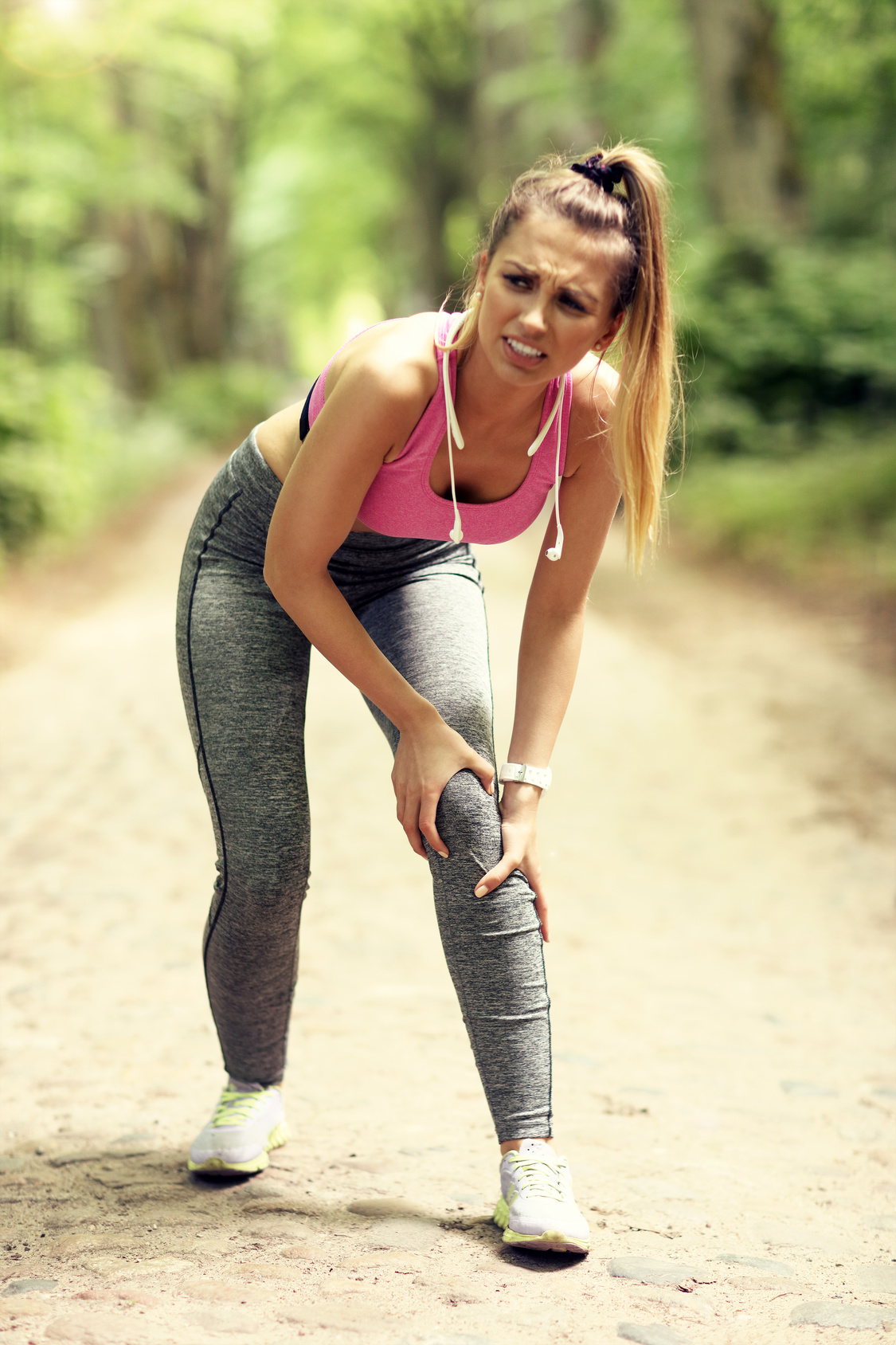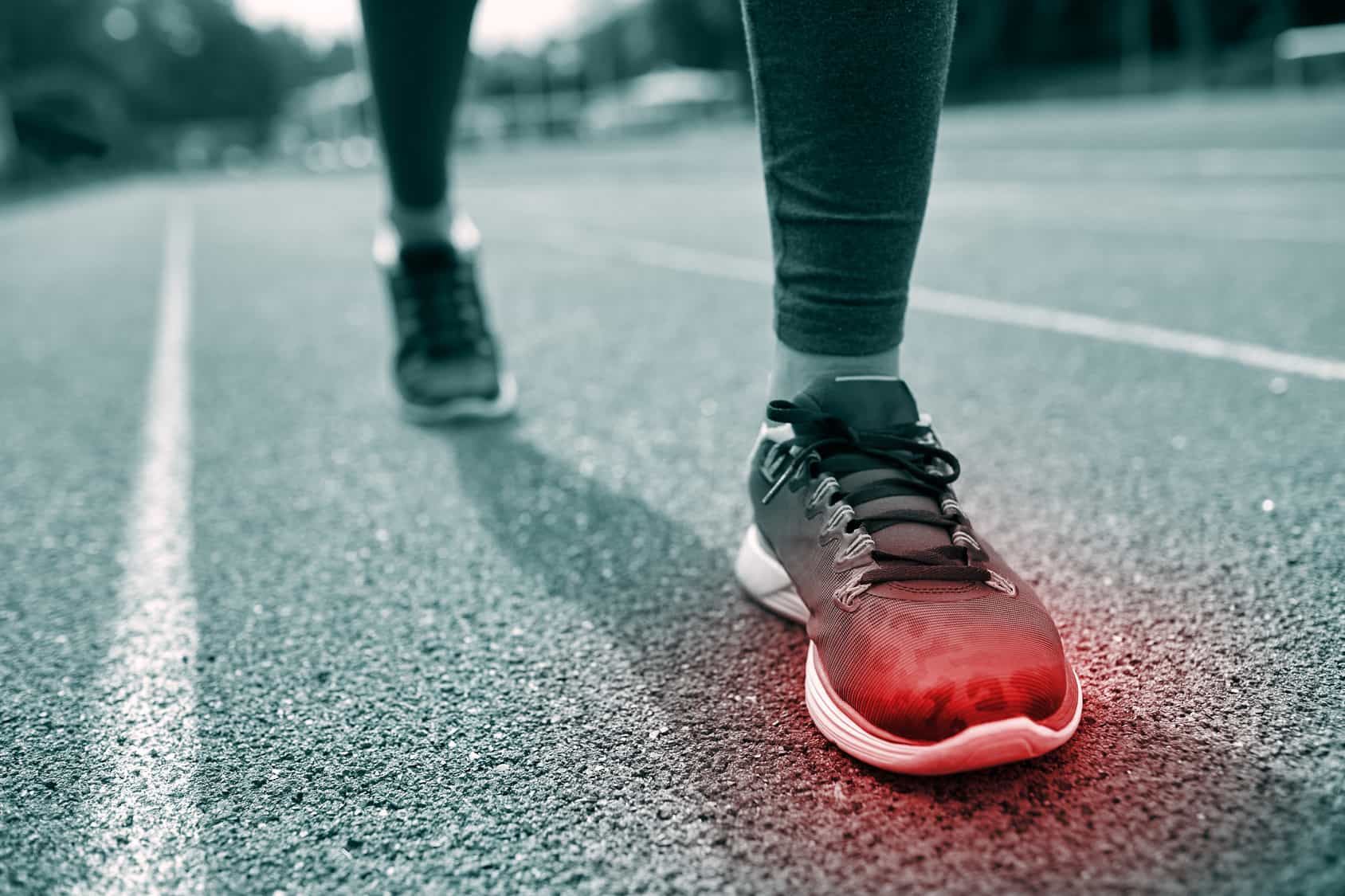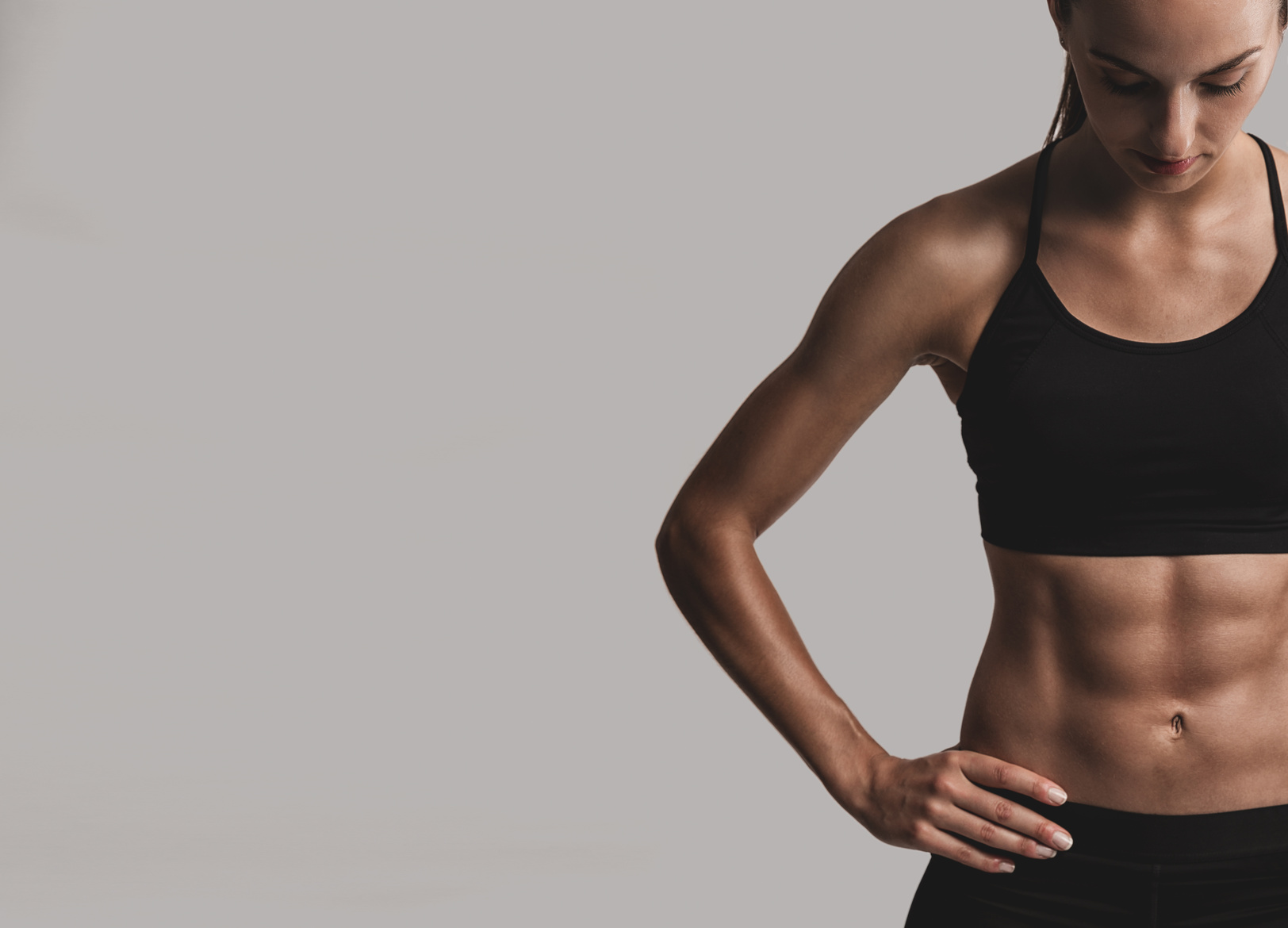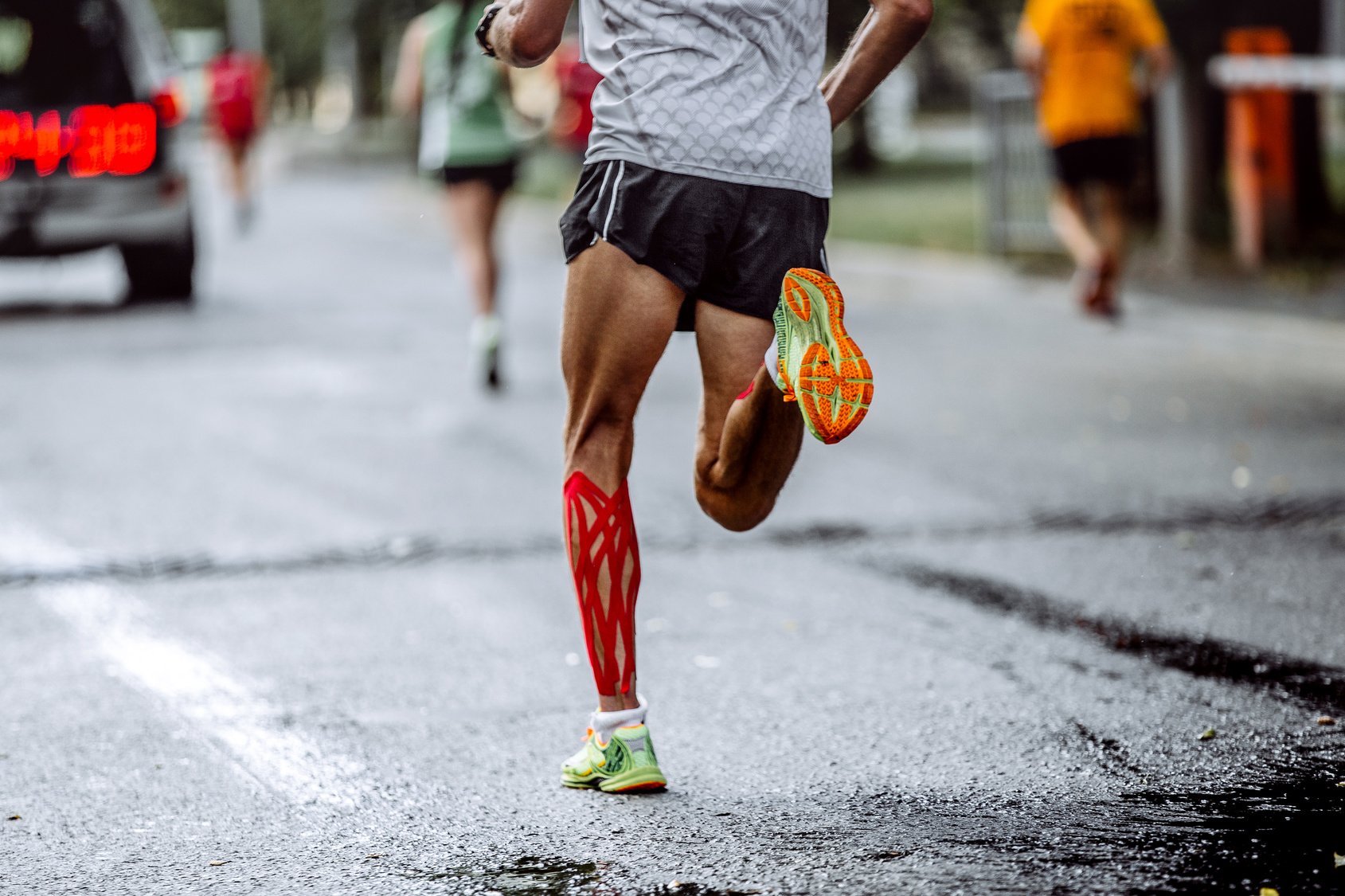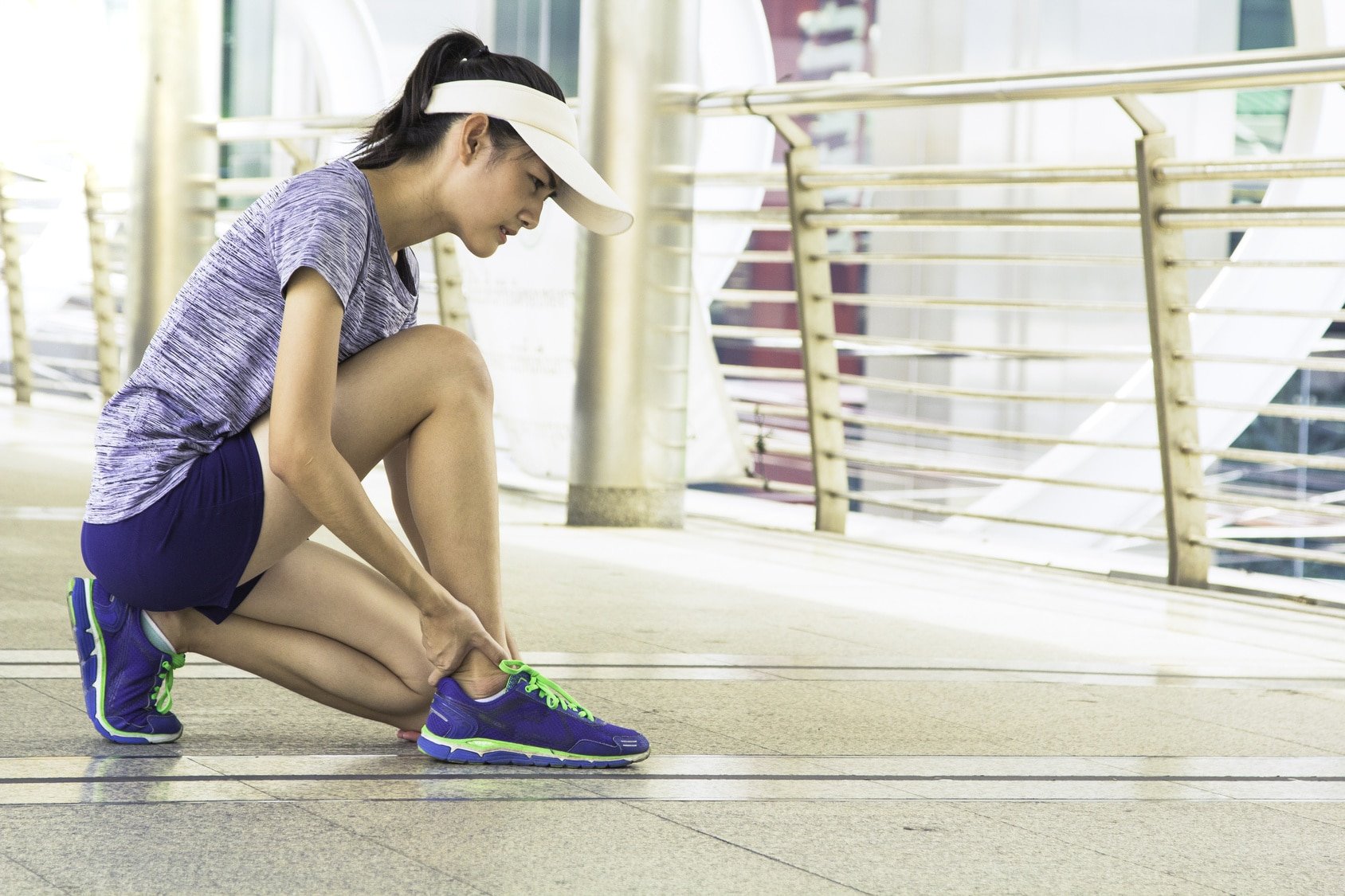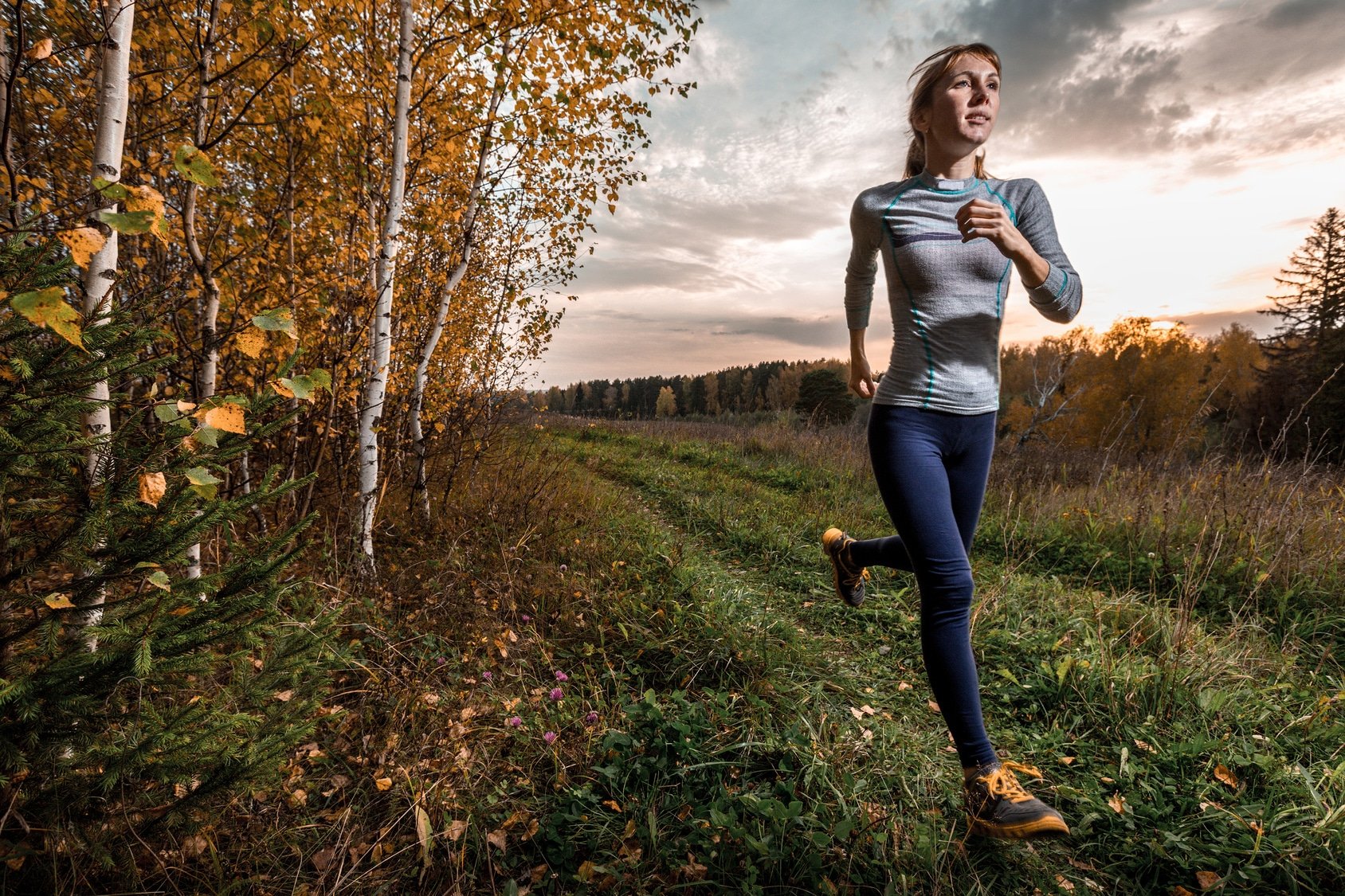Are you curious about how alcohol could affect your running performance? You’re in the right place.
Running is more than just a sport; it’s a lifestyle encompassing early morning jogs, the thrill of races, and the community of running clubs.
But if you’re a health-conscious runner, you might ponder the impact of liquor on your active lifestyle.
Ponder no more.
In this post, I’ll spill the beans on the latest research and studies on this very topic. We’ll uncover insights that may surprise you, give you food for thought, or perhaps influence how you approach your next social gathering with a drink in hand.
Sounds like a good idea?
Then let’s get started.
What is Alcohol?
When we mention alcohol, we’re referring to that magical substance found in your favorite beverages – beer, wine, and spirits. This mystical elixir is scientifically known as “ethanol,” and it’s responsible for the intriguing effects it has on your body.
But have you ever wondered how it’s made? Let’s take a closer look. It all begins with grains, fruits, or vegetables, which undergo a transformation known as “fermentation.” During this process, yeast or bacteria interact with the natural sugars in these foods.
Next, ethanol and carbon dioxide are released, yielding the alcoholic concoction.
But here’s where it gets interesting. The power of your drink hinges on how long it ferments. For stronger spirits like vodka or whiskey, there’s an additional step called “distillation.”
For example, vodka derives from the sugar in potatoes, while wine is crafted from the sugar in grapes. And the kick of your drink? Well, it all comes down to your patience during the fermentation process. The longer it brews, the stronger it becomes.
Understanding Alcohol and Its Effects
Alcohol can be quite enigmatic in its impact on our bodies.
In the short term, alcohol provides a quick buzz, but soon you may feel off-balance, experience coordination issues, and notice slower reaction times. In running terms, this is far from the path to setting a personal record.
For the long haul, regular alcohol intake can lead to various health issues, affecting the heart (a crucial muscle for running) and impacting the liver.
Now, let’s explore how alcohol specifically influences our running performance. Studies have shown that alcohol can negatively affect endurance and speed, two critical components for any runner, whether you’re a 5K enthusiast or a marathon veteran.
One study, published in the Journal of Applied Physiology, noted that alcohol can reduce muscle strength, endurance, and even delay recovery. It’s akin to running with weights on your ankles – you can still move forward, but it’s much harder, and your performance won’t be at its best.
For more research on the impact of alcohol on athletic performance, check out the following studies:
Is Alcohol A Drug?
Yes, it is.
In fact, just as there’s “drug abuse,” there’s “alcohol abuse.” Booze falls into the category of psychoactive substances, capable altering your brain chemistry.
Now, here’s the twist: While alcohol might give you that temporary relaxation vibe, it’s genuinely a depressant, not in the “I’m feeling down” sense, but in scientific terms. How come? It’s because it slows down various parts of your brain and central nervous system.
The outcome? Messages between your brain and body encounter a traffic jam, affecting your thoughts, emotions, and behaviors. Ever tried to operate heavy machinery under alcohol’s influence? Trust me, it’s a recipe for disaster.
How Much Alcohol In Your Drink
Not all alcoholic drinks are created equal. Some pack a more potent punch than others.
You see, different types of alcoholic drinks play the alcohol game at varying levels.
It’s not about the volume of fluid in your glass; it’s about the alcohol content inside.
Let’s spill the beans on the alcohol content in some common drinks:
- Beer – 2 to 6% alcohol
- Cider – 4 to 8% alcohol
- Unfortified Wine – 10 to 16% alcohol
- Fortified Wine – 15 to 25% alcohol
- Liqueurs – 15% alcohol
- Rum – 40% alcohol or more
- Brandy – 40% alcohol or more
- Tequila – 40 to 50% alcohol or more
- Gin – 40 to 50% alcohol
- Whiskey – 40 to 50% alcohol
- Vodka – 40 to 50% alcohol
So, next time you’re raising your glass, remember that not all drinks are created equal. Sip responsibly, and know what you’re sipping on!
How Much Should You Drink?
Let me be clear: I’m not here to discourage you from enjoying a drink or two. You don’t have to abstain completely to maintain a healthy lifestyle. But, being aware of the drawbacks of excessive drinking is key.
I found that setting limits and respecting them allowed me to enjoy a drink without jeopardizing my training. Nowadays, I chose to abstaining from alcohol entirely the night before an important run or race. This wasn’t always the case but experience has taught me better.
So how much is enough? And how much is too much?
This isn’t a straightforward question to answer. But, as a general guideline, if you’ve consumed more than one standard drink — equivalent to 12 ounces (355 ml) of beer, five ounces (148 ml) of wine, or 1.5 ounces (44 ml) of spirits — you might be having too much.
What’s more.
If you’re serious about performing your best before a challenging training session or race, avoid alcohol entirely for at least 24 hours prior. Can’t resist? Then limit yourself to just one or two, and make sure to drink enough water to counteract any potential adverse effects.
All in all, I recommend keeping your weekly alcohol consumption within the range of 14 to 16 units per week. This balanced approach will help you maintain a healthier relationship with alcohol while safeguarding your running performance.
Running And Hangovers
So, should you go for a run with a hangover?
Well, it depends on the severity of your hangover. If it’s a mild hangover without unbearable discomfort, running should be fine. However, if you’re dealing with a severe hangover, you might also be dehydrated, making running a risky choice.
Hangovers typically come with a range of unpleasant symptoms, including soreness, nausea, headaches, depression, and fatigue. Research has consistently shown that these symptoms can negatively impact athletic performance, potentially reducing aerobic power by as much as 11 percent. That’s a significant drop.
If you’re struggling with a stubborn hangover, I’d recommend skipping your training for the day. Running in this condition can increase your risk of injury and further deplete your hydration levels.
Instead, on a morning after a hangover, focus on drinking plenty of water and consuming enough nutrients so your body can bounce back from the ordeal.
Balancing Alcohol Intake and Running Goals
Balancing alcohol intake with your running goals is crucial, much like managing your pace during a race.
Here are some tips for those who choose to include alcohol in their routine:
- Timing is Key: Think of alcohol like a cooldown after a long run. Save it for after your training sessions or races. Drinking the night before a run can affect your performance—and I hate to sound like a broken record.
- Moderation Matters: The Centers for Disease Control and Prevention (CDC) defines moderate drinking as up to one drink per day for women and two for men.
- Stay Hydrated: For every alcoholic drink, chase it with a glass of water. This should help disperse some of alchol’s impact on your body.
- Know Your Body: Everyone metabolizes alcohol differently. Pay attention to how your body reacts and adjust accordingly.
Alternatives to Alcohol for Runners
Not every post-run gathering needs to revolve around booze to be enjoyable. Let’s dive into some fantastic alternatives:
- Non-Alcoholic Drinks: Ever tried non-alcoholic beers, wines, or spirits? They can mimic the experience of alcohol without the intensity. Think of them as the easy-paced tempo runs of beverages—still enjoyable, minus the buzz.
- Hydrating Heroes: When it comes to hydration, water, coconut water, and electrolyte-infused drinks are your trusty running buddies. They keep you going and aid in recovery, just like a good friend who’s always there when you need them.
- Natural Relaxers: After a run, herbal teas are a perfect way to unwind. Consider them your palate’s equivalent of a soothing yoga or stretching session—refreshing and calming.

